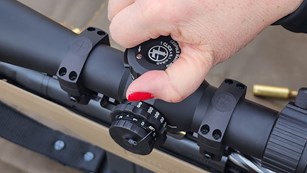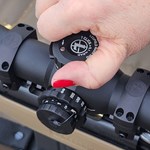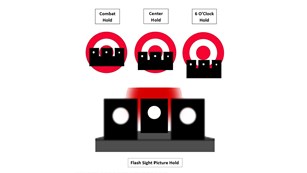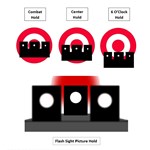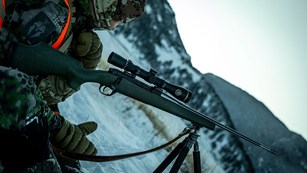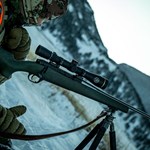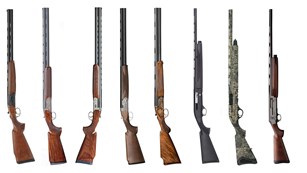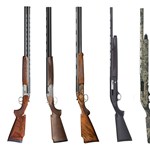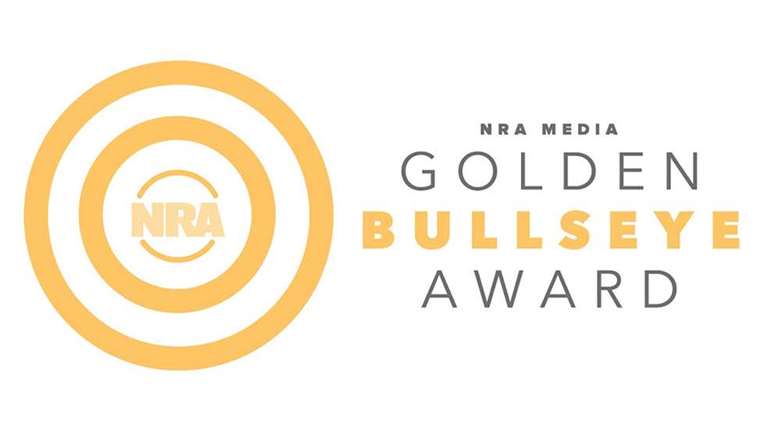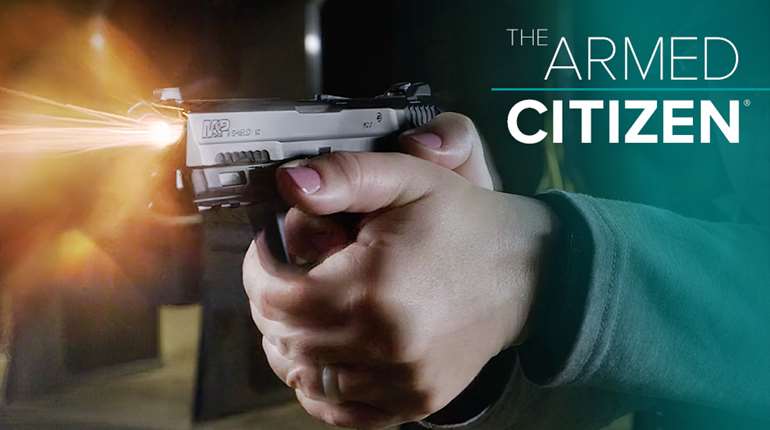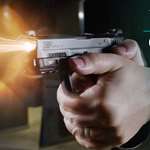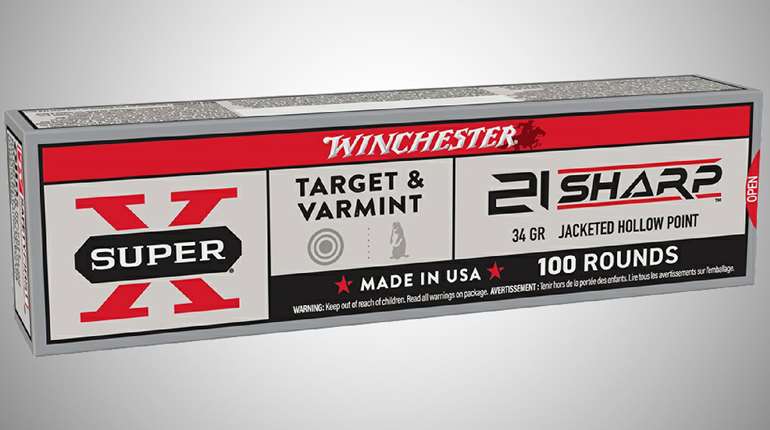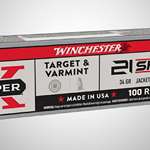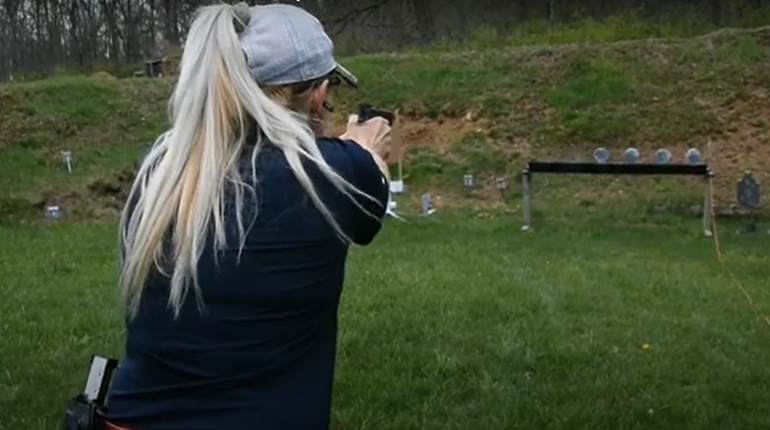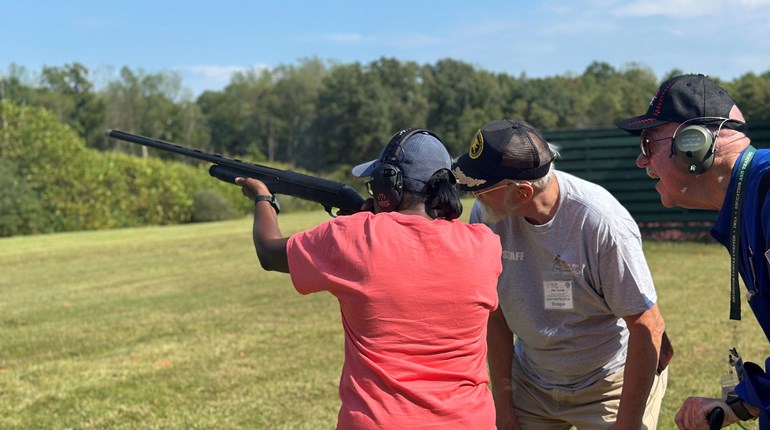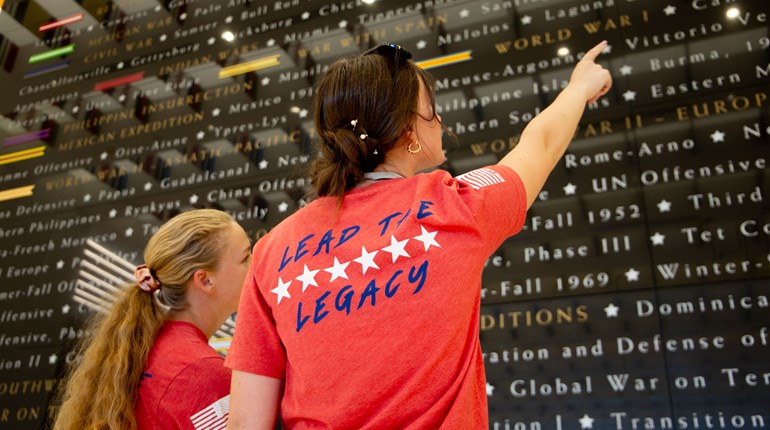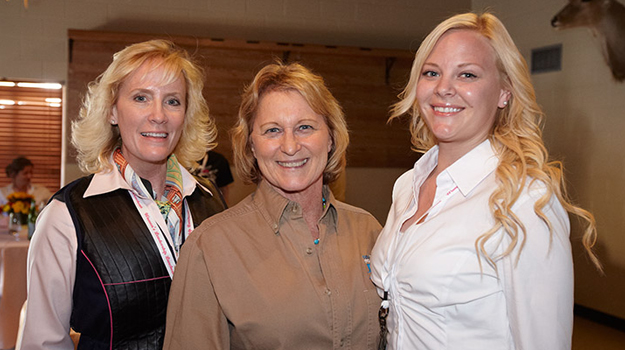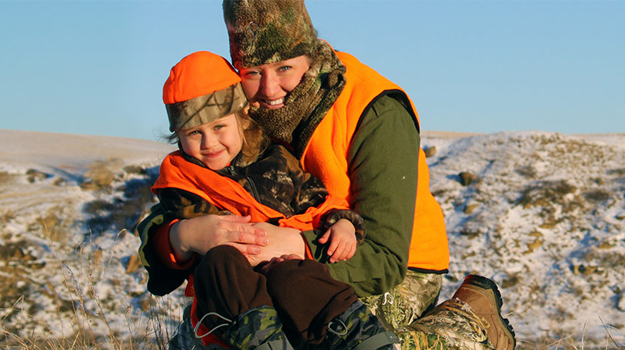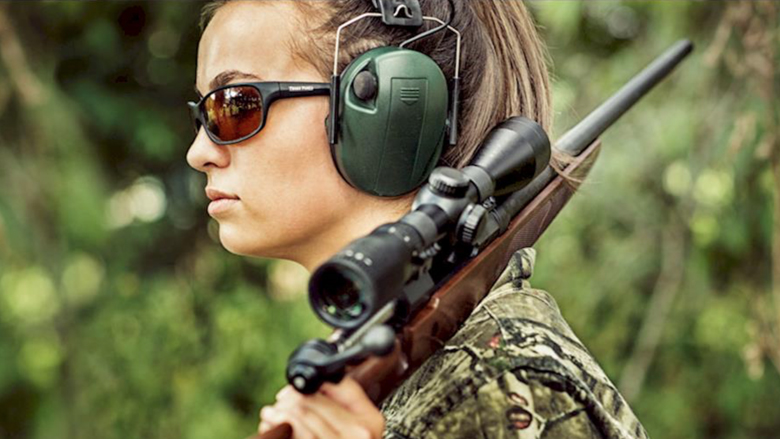
When a quarterback throws a long pass, he doesn’t just lob the football through the air—he puts a spin on it so that it spirals as it flies. The spiraling motion helps the football stabilize in flight and improves its aerodynamics, which means it can fly farther and more accurately. The same is true for bullets: Spinning in flight makes them more stable and therefore more accurate.
The rifling (those spiraled grooves) in your rifle’s barrel are what give the bullet its spin, and the rate at which they spin the bullet is called the twist rate. It’s expressed as a ratio based on how many inches it takes the bullet to complete a full rotation inside the barrel, so in a gun with a 1:7 twist rate, the bullet will complete one full rotation in 7 inches. In a 21-inch barrel, that bullet will rotate three times before it leaves the barrel. The lower the second number, the faster the spin. A rifle with a 1:8 twist rate spins a projectile faster than a rifle with a 1:12 twist rate.
It's important to pick a twist rate that works with the ammo (and specifically, the projectiles) you will be shooting. If a bullet spins too slowly in flight, it loses stability and eventually begins to tumble. The farther it goes like this, the more accuracy will drop off, and it might even impact the target sideways, leading to “keyhole” rips in a paper target rather than clean holes.
On the flip side, if a projectile spins too fast in flight, it can also wobble out of control, based on the fact that no bullet is 100 percent perfectly shaped. Any tiny manufacturing imperfection off center mass in a bullet will cause it to spin ever so slightly out of balance and, if it gets too out of control, it can even tear itself apart. This effect is magnified the faster the bullet spins.
You might hear shooters say that heavier bullets need a faster twist rate, and while this is generally true, it’s a misstatement of the facts. The truth is that longer bullets need faster twist rates in order to stabilize them. Heavier bullets are longer bullets, because the only way to make a bullet heavier without increasing the width and thereby changing the caliber is to make it longer—but it’s the length that makes the faster twist rate necessary, not the weight.
For most rifles, the range of bullet weights that are most commonly used is narrow enough that the gun manufacturer will pick the most versatile twist rate and you won’t have to worry about it. Some guns, the AR-15 in particular, come in a variety of twist rates because shooters are running everything from lightweight 40-grain up to heavier 90-grain bullets. If you are buying an AR-15, consider what bullet weight you’ll be shooting most often; if you plan to go extremely light, you might want a twist rate as slow as 1:14 or 1:12. But generally speaking, 1:7 and 1:8 twist rates work well for almost everything else you’d shoot out of an AR-15. In fact, 1:7 is mil-spec, because the military decided it was the best option for the most commonly used ammunition.
Can you shoot a slow bullet with a fast twist rate or a fast bullet with a slow twist rate? You can—it’s not a safety issue, just a performance issue. A little too much twist generally causes fewer problems than not enough twist, so if you’re on the bubble deciding between two similar twist-rate barrels, your best bet is to go with the faster one.
